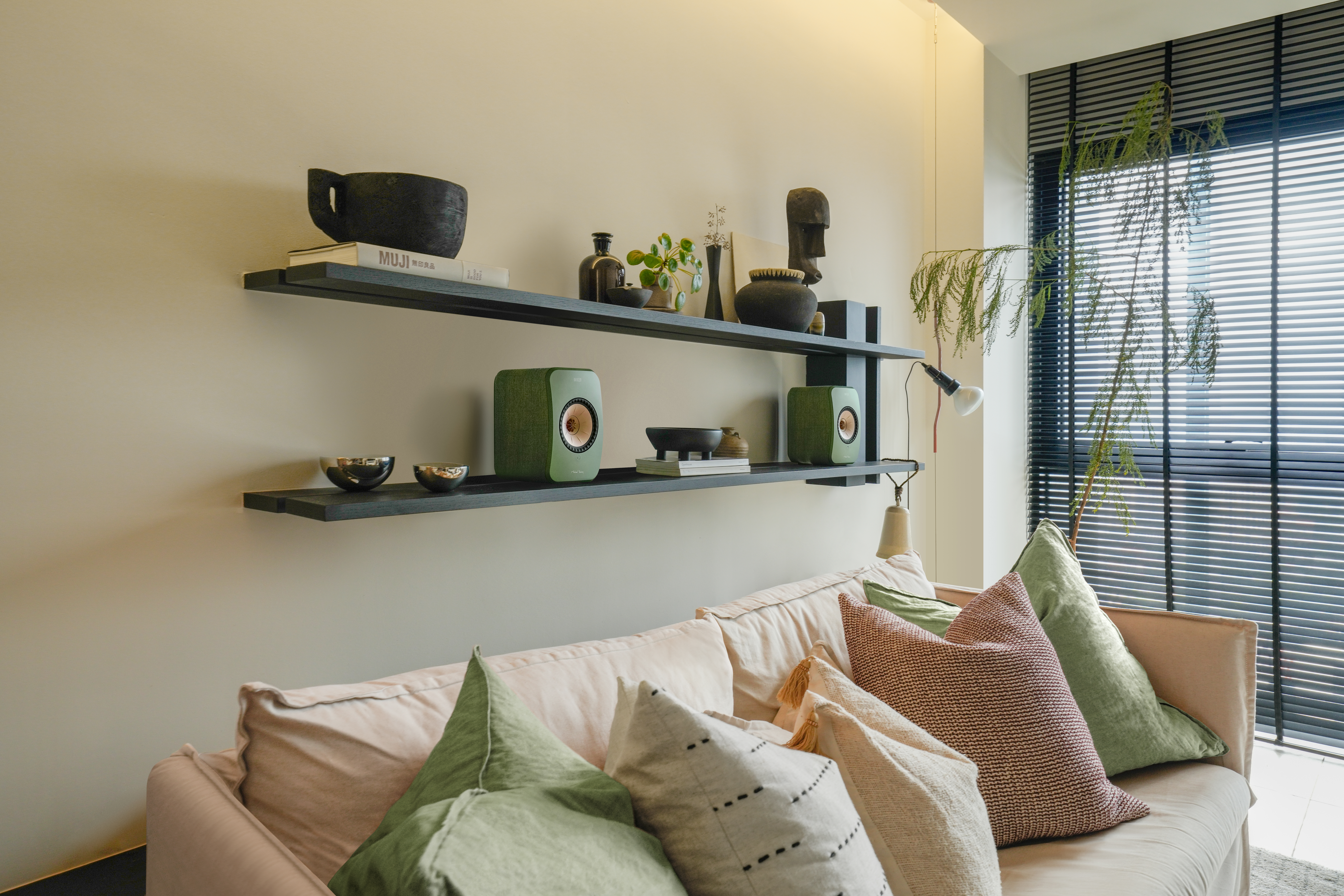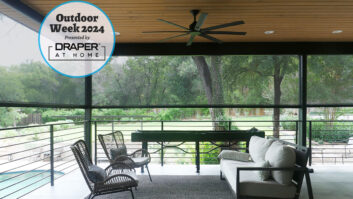The Six Best Ways for ESCs to Sell Energy Management

Chris Westfall ([email protected]) is the principal at Westfall and Associates LLC, in Dallas, Texas.
A lot has been said about green initiatives, but most of the dialogue is long on “green” and short on “initiative.”
According to CEA data, 60 percent of consumers want “green” purchases, 72 percent say they want energy-efficient homes, and 70 percent are concerned about energy costs. Yet, as few as seven percent of homeowners actually invest in energy-efficient systems. Is that because we just can’t sell it?
George Velasquez, a principal at Integrisys, recently installed an integrated AV system in the first Gold-certified LEED residence in Illinois. His team even developed the LivSystem to fill a void in the luxury energy management category. From his perspective, green is not something that you can separate from really good design, and you shouldn’t even try.
“Products and pricing have evolved, and people are looking for solutions to manage the inefficient and the unmanageable,” he said.
Power, like an alarm system, sunlight, amplification, or a DVD collection, is something that needs to be harnessed and controlled. Using intelligent tools, whether from Lutron, Control4, or their own, the Integrisys ROI happens through smart programming: one button push (or one door opening) results in several intelligent moves (lights, shades, volume, and more), regardless of the product platform. Likewise when the room (or the home) is unoccupied, a series of “smart” events takes place, automatically. “People think that automation and integration are the same thing; they are not,” Valasquez said. “Automation is where you tie the human lifestyle to the integration.”
For the customer whose idea of energy management is “encouraging the maids to recycle,” consideration for the environment falls on the systems integrator. Your solution must demonstrate that the home manages the unmanageable. It should also help the environment, because that’s what customers want.
While energy management continues to evolve, a good system design never goes out of style. Here are my six steps to solving the green mystery:

George Velasquez poses next to a touchscreen showing his company’s LivSystem energy monitoring/ management solution.
1 Don’t “go green.” Just enhance the quality of life. No one wants to become slave to lifestyle choices that are perceived as limiting and restrictive, even if those choices are the “right thing to do.” Stick to “energy efficiency” as a better reflection of what consumers want.
2 Focus on effective design. Electronics should be fun. Put the “fun” in functional, and create effective and creative designs that astonish the client and support the environment, because that feels good, too. Make sure that energy efficiency is integrated throughout the job.
3 Little things mean a lot. Why install the biggest amplifier, when amps tend to run more efficiently at higher outputs? Think about the value for your customer, so they don’t have to surprise you with it later. Worried about revenues on that smaller amp? Offset it with a handheld device, new keypad, or outdoor speakers.
4 The power of prestige. The Ritz-Carlton just opened its second LEEDcertified hotel in Lake Tahoe. Ferrari just introduced its new hybrid, based on the 599GTB platform (it’s still got that V-12, but its carbon output is reduced by 35 percent). Make sustainability a part of luxury; The Ritz-Carlton did, and so should your clients.
5 Sic Buffy on your clients. Have you killed the vampire recently? Vampire power, that is. Many times, you overcome vampire power through programming and education. George Velazquez at Integrisys has several ways to attack it, but he believes that granular arguments about vampire power are “probably the wrong conversation.” Power management is baked into his designs, so efficiency is pervasive.
6 Be smart about the smart grid. Automating lights and shades saves energy, but don’t forget about the human element. Create a design that allows homeowners to live more efficiently, maybe by adding a handheld remote, a smart UPS, or a single-button push that works a series of in-home automation features. Efficient designs save both personal and electrical energy, and that solution feels good socially (and financially) to the client.






